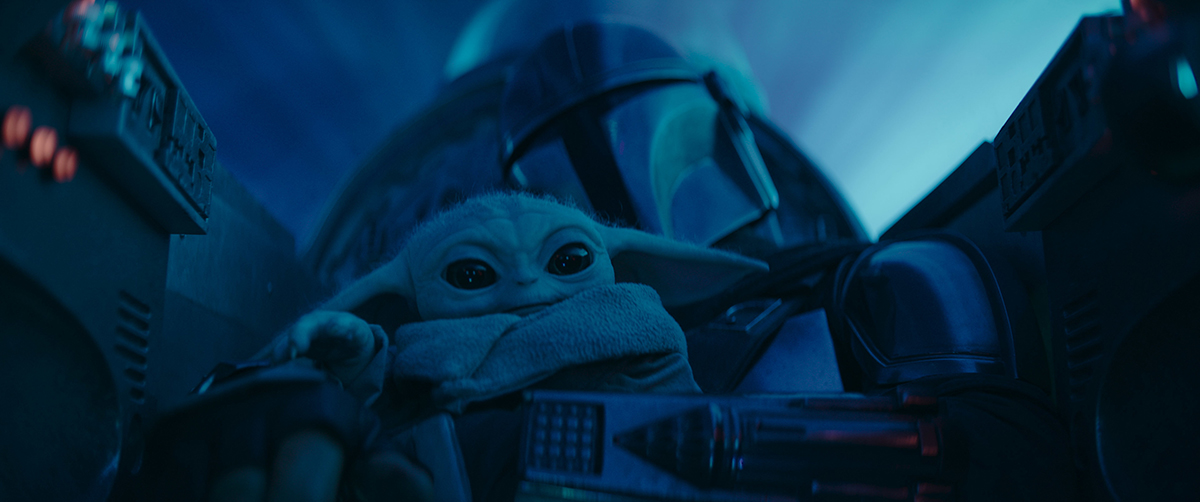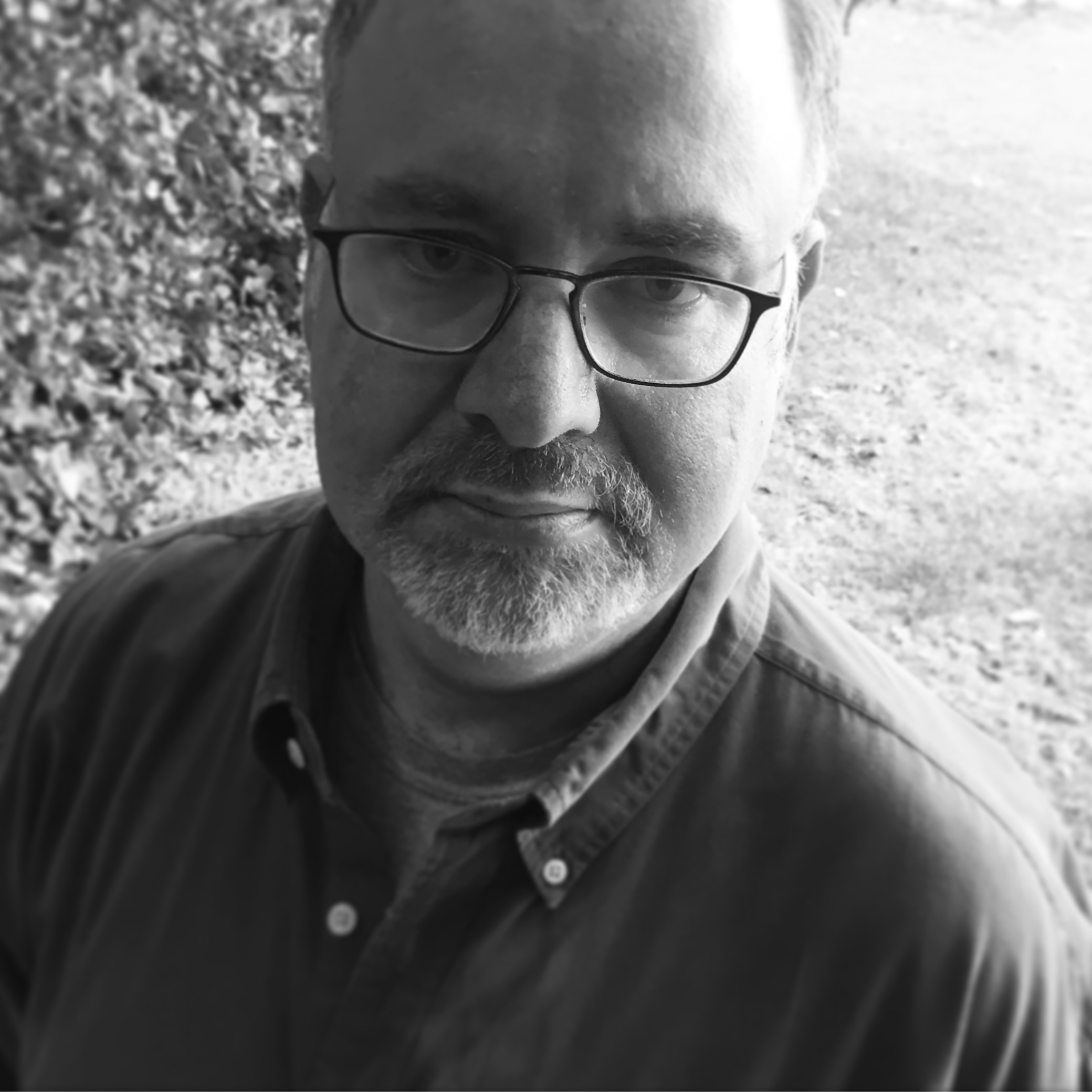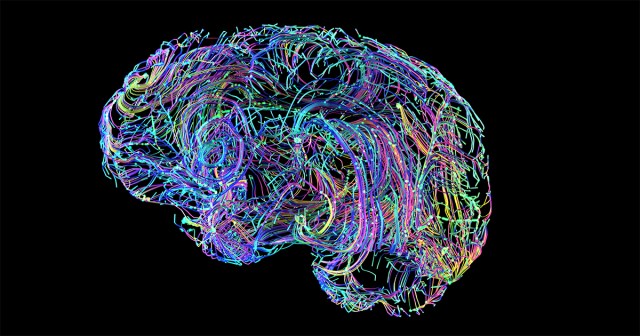
TL;DR
- The 2023 NAB show was the scene of a top-level discussion by major industry players who have been involved in the development of virtual production.
- Moderated by Eric Rigney, the panel discussion featured UNLV founding artistic director Francisco Menendez; James Blevens, VP consultant for “The Mandalorian”; ETC’s Erik Weaver; Rochester Institute of Technology professor David Long; and Local 600 Camera Guild DIT and production technologist Dane Brehm.
- Virtual production isn’t just a backdrop, but is instead an entire studio space that filmmakers need to understand when designing shots in order to maximize VP’s strengths and mitigate its downsides.
VISIT OUR DEDICATED VIRTUAL PRODUCTION MICROSITE.
Now that virtual production is an established part of the production landscape, more people from more spheres of the industry require answers about best practices for its workflow.
Who exactly needs to understand the finer points of setting up virtual productions?
What do filmmakers intending to work with LED walls need to know about lighting, color space, frame rate, shutter angle the relation of pixel pitch to blocking? What other variables are integral to getting the most out of the process?
This year’s NAB show was the scene of a top-level discussion by industry players who have been involved in trying to answer these very questions.
Moderator Eric Rigney, instructor at Mo-Sys Engineering Academy and a member of ETC (the Entertainment Technology Center), led a discussion on the topic with Francisco Menendez, founding artistic director at UNLV, which has just installed its own digital wall with plans to do four VP productions per semester; James Blevens, VP consultant for The Daily Show and The Mandalorian; ETC’s Erik Weaver, project leader of their VP short film, Fathead; David Long, professor at Rochester Institute of Technology; and Dane Brehm, Local 600 Camera Guild DIT and production technologist, who has been educating filmmakers about various aspects of VP for more than a year. Watch the full session below.
Menendez stresses that virtual production “is not a backdrop.” Rather, it is an entire studio space that filmmakers need to understand when designing shots in order to maximize VP’s strengths and mitigate its downsides. He observes that there are factors such as the type of cross lighting that works best in front of an LED wall and the relationship between the distance between actors and the wall, that can make an enormous difference in selling the illusion of VP.
Menendez notes that those involved in lens choice and the wall’s pixel pitch (measure of the density of pixels of the image on the wall) should include directors, cinematographers, gaffers, and more, all of whom should have a working knowledge of all these aspects of VP before embarking on a shoot.
“If it’s flat, you’re pretty good,” Brehm, who has served as DIT on shows using virtual production, says about LED walls. “If it starts curving, there’s some really goofy stuff that happens,” both with picture and with the sound reflections the curved walls can cause (a subsequent session, entirely about audio, would delve into such issues more deeply.)
Blevins touched on some of the specific jobs that have come about specifically because of VP. One high-pressure position he points to is the person handling the playback of the real-time engine (such as Unreal) used to generate the wall’s imagery.
The new job title is unique, he adds, “but it reminds me of when in the commercial world, a Flame operator would have a client right behind them. And it’d be very high tension.” This job, he surmises, would also suit someone who can be cool in that type of environment. The industry is, “finding people who are drawn to this kind of work and [who can] make a clear distinction between a reasonable and an unreasonable request without saying the word ‘no.’”
Weaver, speaking of the new VP supervisor position, explains “The VP supe really has to translate [all the VP-specific terminology] to everybody.” The person holding that title, he says, should be able to answer questions such as, “How does your role as a director change? How does your role as a DP change? How do you communicate [ideas] back to the VP supe?”
Long adds that for a smooth production process, communication must go beyond the set itself. People working in the production office, “need to expect what the pacing might be for equipment setup.”
He lays out some key questions for that group, including, “How do you pre-produce? What is the timeline leading up to the shoot?” Preparation, he sums up, will certainly take longer but it can save time in post. Producers, unit production managers and others not based on set need a working knowledge of these tradeoffs in order to make smart production decisions.
Virtual production, Rigney says, “is not an induvial job. Everyone has to play a role in this. It’s not some tool that [a few] people are going to operate. The whole production needs to participate in the process.”
The discussion is a fascinating primer about this exciting new field.


